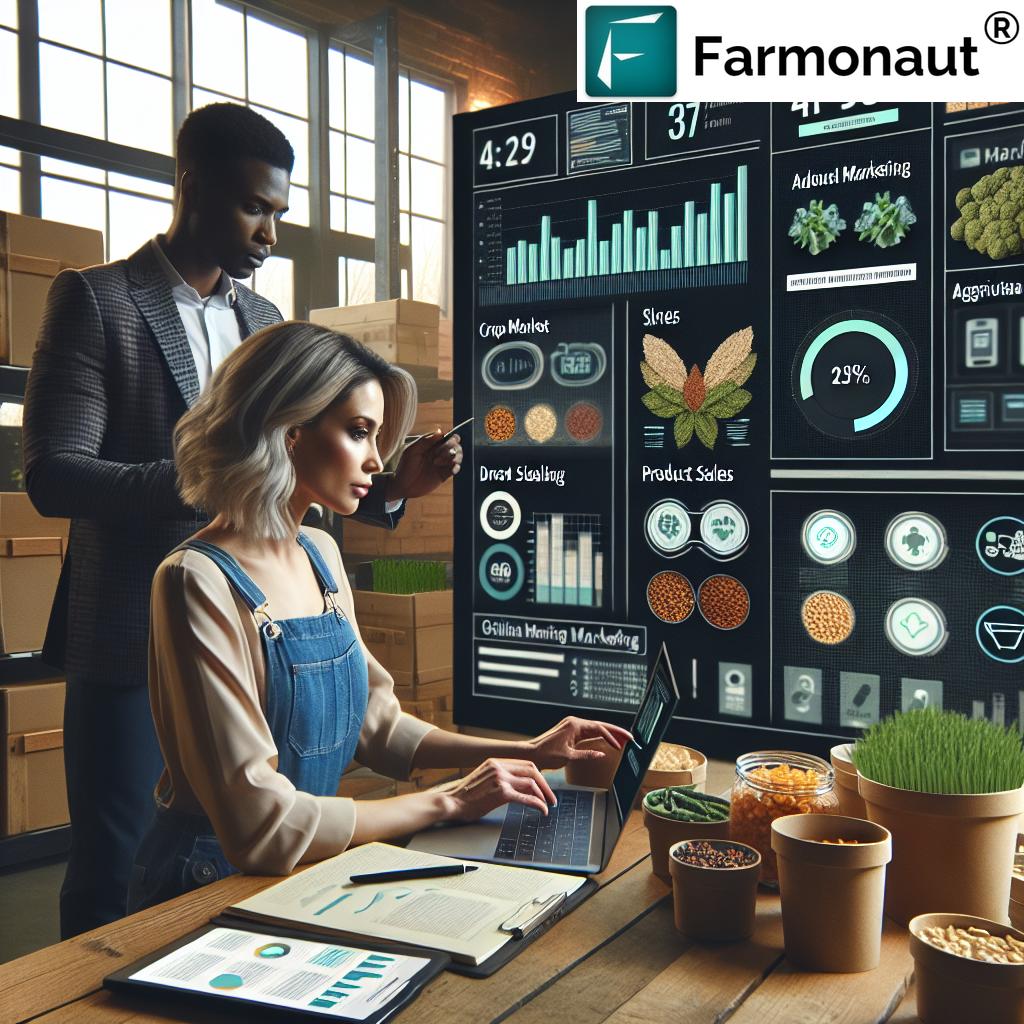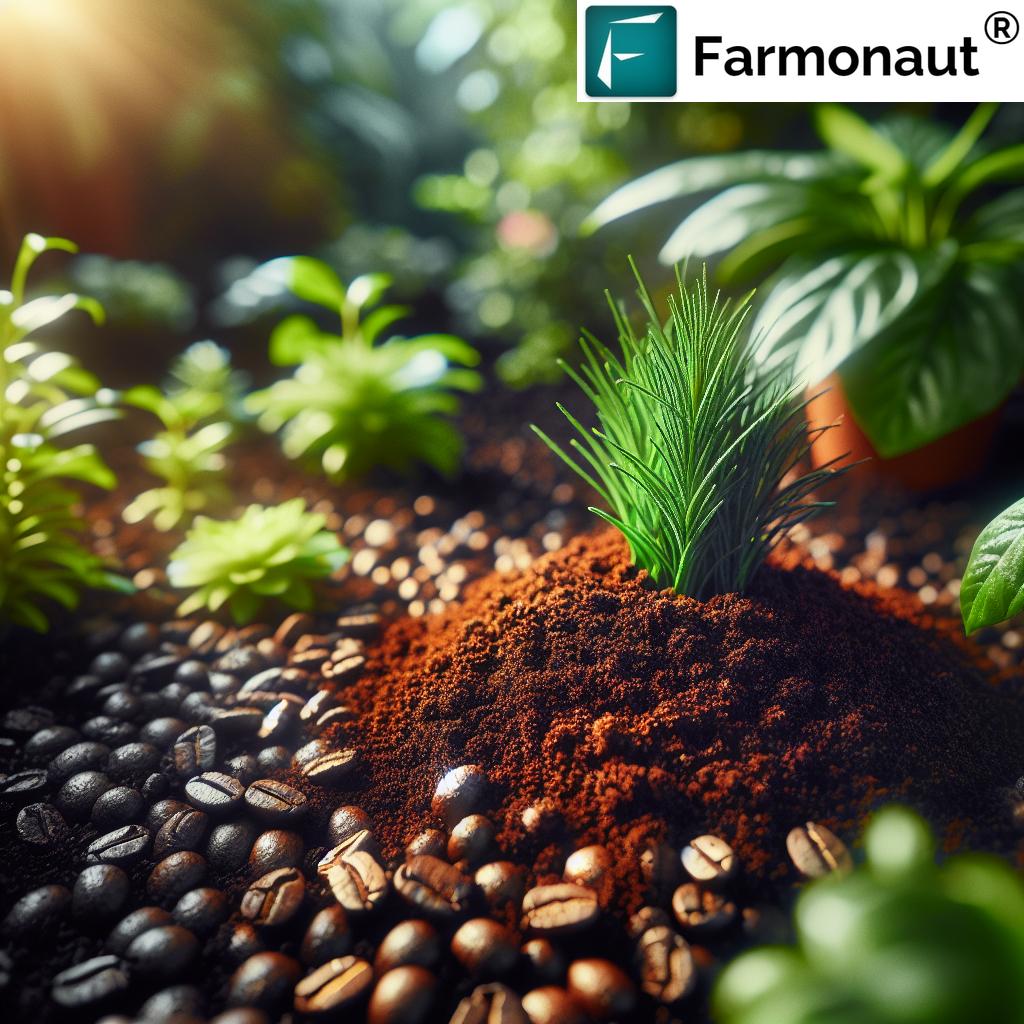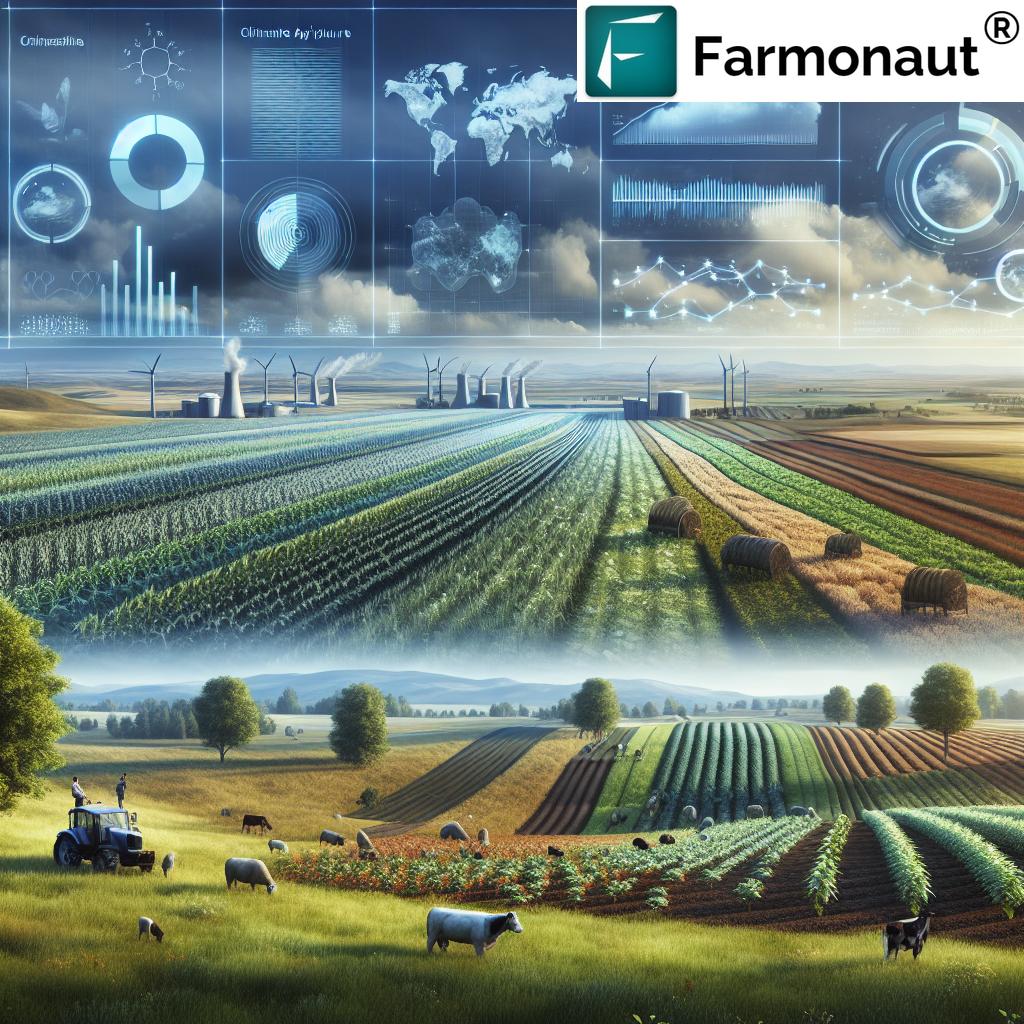Sawmill Wood Processing & Agriculture Processing Guide 2025: Precision, Innovation, and Drone Imaging for Sustainable Farming & Forestry
Meta Description:
Explore the convergence of sawmill wood processing, agriculture processing, wood farming, and drone agriculture image innovations for sustainable, efficient farming and forestry in 2025.
“In 2025, sawmill wood processing efficiency is projected to increase by 18% with advanced automation technologies.”
“Over 60% of agriculture processing facilities will adopt image-based innovation for quality control by 2025.”
Table of Contents
- Summary: Innovations & Trends in Sawmill Wood Processing, Agriculture Processing & More
- Sawmill Wood Processing in 2025: Precision & Sustainability
- Agriculture Processing: From Crop to Consumer
- Wood Farming: Expanding Agroforestry and Timber Production
- Drone Agriculture Image Processing: Revolutionizing Farm and Forest Management
- The Farming Process in 2025: Embracing Technology & Sustainability
- Farmonaut: Satellite-Powered Innovation for Precision Agriculture
- Comparative Table: Innovation Features & Impacts
- FAQ: Sawmill Wood Processing & Agriculture Processing Guide
- Conclusion: Building Sustainable Agro-Forestry Systems for 2025 & Beyond
Summary: Innovations & Trends in Sawmill Wood Processing, Agriculture Processing & More
The global sawmill wood processing, agriculture processing, wood farming, drone agriculture image processing, and the farming process sectors are undergoing a significant transformation in 2025, fueled by technological advancements and an increasing focus on sustainability, efficiency, and data-driven management. Modern innovations like AI-based automation, sensor-integrated workflows, and real-time drone imaging are converging with traditional wood processing and agriculture practices, shaping both industry and environment. This article explores the state of these fields in 2025, highlighting current advancements, future trends, and practical implications for farmers, foresters, facility managers, and stakeholders around the world.
Why Focus on Processing, Imaging, and Technology in 2025?
Rapid technological advancements, stricter environmental regulations, and rising global food and timber demands are making it essential for agro-industrial sectors to integrate modern automation, AI, sensors, and drone-based image processing. Such integration increases yields, reduces resource usage, enables transparent traceability via blockchain, and supports sustainable production – all while fulfilling expectations for security and product quality.
Throughout this comprehensive guide, we spotlight how these innovations work in:
- Sawmill Wood Processing: Driving higher yield and lower waste with AI and digital twins
- Agriculture Processing: Enhancing food safety, efficiency, and shelf life with image-based sorting and blockchain traceability
- Wood Farming/Agroforestry: Improving biodiversity, timber production, and climate resilience through data-led forest management
- Drone Agriculture Image Processing: Streamlining monitoring, planning, crop and soil health, and resource allocation
- The Farming Process: Supporting site-specific planting, integrated pest management, and smart harvesting
Let’s dive into how each segment is changing, the key trends driving the 2025 revolution, and where leading technology providers such as Farmonaut are positioned in the future of precision farming.
Sawmill Wood Processing in 2025: Precision & Sustainability
Sawmill wood processing is the cornerstone of the timber supply chain, transforming raw logs into usable lumber for myriad industries, including construction and furniture. In 2025, sawmills are achieving new benchmarks in efficiency, sustainability, and resource optimization thanks to groundbreaking technological integration.
Key Innovations in Sawmill Wood Processing
-
Automation & AI Integration:
- Automated saw blade positioning enables real-time, precision adjustments in cutting, minimizing material loss.
- Machine vision & AI detection scan each log for defects, optimizing yield and reducing waste with sophisticated algorithms.
- AI-powered thickness planing automatically adjusts machinery for optimal board thickness with minimal operator oversight.
-
Resource Efficiency & Sustainability Emphasis:
- Closed-loop water recycling systems lower water consumption for log washing & treatment.
- Biomass boilers convert by-products (sawdust, bark) into energy, reducing external energy dependence.
-
Traceability via Blockchain & IoT Sensors:
From harvesting to processing, sawmills now utilize IoT-enabled tags and blockchain-based traceability to validate origins, maintain compliance (FSC, PEFC), and reassure customers of sustainable sourcing.
-
Digital Twin Technology:
- Digital twins create a virtual replica of the entire sawmill process, allowing operators to simulate, monitor, and optimize operations for maximum efficiency and minimum downtime.
- Predictive maintenance analytics powered by digital twins prevent costly breakdowns, reduce maintenance costs, and optimize throughput.
Sawmill Wood Processing: Real-World Impacts
- Sawmills are projected to improve operational efficiency by at least 18% thanks to process automation and AI-optimized defect detection (see trivia above).
- Waste reduction is a major focus: converting nearly all wood residue into energy or valuable byproducts, driving sustainability.
- Blockchain-enabled traceability strengthens compliance and consumer trust, especially in export-focused markets.
Quick Reference: Technologies Powering Sawmills
- Automated laser sawmills: Reducing error, optimizing cut patterns
- Digital twin models: Enabling holistic process optimization
- IoT sensors: Monitoring equipment, logs, and emissions in real time
- AI algorithms: Ensuring optimal log utilization and minimal waste
- Biomass energy conversion: Lowering carbon footprint and operating costs
Sawmill wood processing in 2025 exemplifies how blending automation, data, and environmental stewardship can create scalable solutions for an evolving, sustainability-focused marketplace.
Agriculture Processing: From Crop to Consumer
Amid population growth, evolving consumer preferences, and globalized supply chains, agriculture processing has never been more critical. In 2025, agriculture processing facilities are leveraging smart sensors, AI-powered quality control, and blockchain-based traceability to deliver high-quality, sustainable food products.
Smart Processing Facilities: AI and Sensor-Driven Operations
- AI vision systems sort and grade produce at high speed, detecting ripeness, spoilage, or contamination.
- IoT sensors monitor moisture content, humidity, and temperature in crops and processing lines for optimal quality and shelf life.
- Automated packaging & storage reduce manpower, expedite operations, and help minimize food waste.
By 2025, over 60% of agriculture processing facilities globally are projected to adopt image-based quality control technologies (see trivia), signaling the mainstreaming of AI and image processing throughout the agriculture supply chain.
Integration with Supply Chains: Blockchain Traceability
- Blockchain enables full product traceability from farm to table, allowing verification of origin, safety, and handling at every stage.
- Enhanced food safety and transparency reduce fraud, contamination risks, and strengthen consumer trust globally.
- Real-time traceability enables rapid response in case of recalls, ensuring both compliance and consumer protection.
- Farmonaut’s traceability tool uses blockchain to deliver trusted, auditable supply chain records for agricultural products—a crucial feature for food safety, export compliance, and brand loyalty.
Sustainable Bio-Processing & Circular Resources
- By-product utilization (such as crop husks or peels) is now the norm, feeding biorefineries for biofuels, bioplastics, renewable chemicals.
-
Carbon footprint tracking helps food processors and manufacturers reduce emission, waste, and environmental impacts.
Checkout Farmonaut’s dedicated carbon footprint tracking service to see how environmental data can drive climate-smart operations.
Integrated, technology-driven agriculture processing enhances not only production efficiency and sustainability but also fosters a new era of consumer confidence in food safety and ethical sourcing.
Wood Farming: Expanding Agroforestry & Timber Production in 2025
Modern wood farming, also known as tree farming or managed forestry plantations, is essential for balancing the twin goals of increasing timber supply and preserving forest biodiversity. In 2025, technological and biotechnological innovations are yielding transformational changes in this domain.
Agroforestry Systems: Blending Agriculture & Forestry
- Precision agroforestry integrates trees with crops and livestock, optimizing land use for increased yield and soil health.
- Sensors, satellite imagery, and drones assist in mapping, monitoring, and adapting planting patterns for maximum carbon sequestration and ecosystem support.
- Biodiversity is promoted by combining different tree species and crops, mitigating risks of disease or monoculture collapse.
Genomic & Biotechnological Advances in Wood Farming
- Genomic selection of tree varieties leads to plantations that are faster-growing, resilient to drought, pests, and temperature swings.
- Biotechnology applications enable fine-tuning of growth rates, wood properties, and disease resistance, further optimizing the timber production process.
- Early pest and stress detection using remote sensing reduces need for chemical inputs and enables rapid action to protect forest assets.
Sustainability, Certification & Compliance
- Remote and AI-driven monitoring ensure adherence to sustainable forest management protocols (reforestation, habitat protection, low-impact logging).
- Digital traceability using IoT and blockchain supports global timber certification standards and regulatory compliance.
- Farmonaut offers large-scale farm & plantation management tools tailored for plantations and forestry monitoring.
Wood farming and agroforestry shine as models of resilience, biodiversity, and sustainability, supporting both economic and ecological health.
Drone Agriculture Image Processing: Revolutionizing Farm and Forest Management
Among the most disruptive forces in 2025’s farming process and forestry management is drone agriculture image processing. Drones equipped with multispectral, hyperspectral, thermal, and LiDAR sensors deliver ultra-precise, real-time intelligence for land, crop, and forest monitoring.
How Drones Enhance Every Stage of the Farming & Forestry Cycle
-
Crop Health Monitoring & Assessment:
- Drones regularly scan fields, detecting early signs of nutrient deficiencies, drought stress, or pest infestations.
- Image analysis algorithms generate high-resolution maps guiding precision interventions (irrigation, pesticide, fertilization).
- Farmonaut’s satellite-based crop health monitoring is a complementary service providing macro-level insights (NDVI, soil moisture, pest alerts) accessible via app or API—learn more at Farmonaut Plantation Advisory.
-
Precision Wood Farming & Timber Estimation:
- Drones map plantations, estimate stand density, and determine optimal harvesting points.
- LiDAR generates 3D models of tree canopies for timber volume and growth monitoring.
-
Water & Soil Management:
- Drone and satellite images provide fine-scale soil moisture analysis and thermographic mapping, guiding irrigation planning and water use efficiency.
- Early detection of water stress keeps fields and forests healthy, reducing both waste and risk.
-
Data Integration & Decision Support:
- Drones, satellites, and sensors stream data into farm management software, creating comprehensive dashboards for integrated resource planning and reporting.
-
Farmonaut’s web, mobile, and API-based farm management system lets users act on these insights with personalized AI-powered advice: see the app for details below.



Result: Drones and image-based analytics are a game-changer for precision, efficiency, and sustainability at every link in the farming and forestry value chains.
The Farming Process in 2025: Technology & Sustainability Converge
The typical farming process in 2025 looks nothing like its predecessor from a decade ago. Every phase, from soil preparation and planting to harvesting and post-harvest handling, now benefits from digital innovation, automation, and environmental stewardship.
1. Soil Health and Preparation
- Soil sensors provide real-time pH, nutrient content, and moisture profiles.
- Conservation tillage & cover crops increase soil organic matter and support biodiversity.
- AI-driven recommendations (e.g., Farmonaut’s Jeevn AI) suggest targeted fertilization to ensure optimal yields.
2. Planting Innovations
- Autonomous planters use GPS and AI for site-specific seed placement, reducing seed waste and optimizing density.
- Bio-enhanced seed treatments improve germination and seedling vigor.
3. Crop Protection: Targeted, Data-Led Pest & Disease Management
- Integrated Pest Management (IPM) leverages drone and satellite monitoring for early detection of pests and diseases.
- Predictive analytics ensure that crop protection products are only applied when necessary and at optimal locations, dramatically reducing chemical use.
- Farmonaut’s satellite-based crop health alerts let farmers take preemptive action against outbreaks or nutrient stress.
4. Harvesting & Post-Harvest Handling
- Robotic harvesters & automated sorting increase speed, accuracy, and reduce labor dependency.
- Advanced cold-chain logistics integrated with AI and sensor monitoring reduces post-harvest losses and maintains food quality.
-
Explore how remote sensing helps with crop insurance and loan eligibility at
Farmonaut’s crop loan & insurance platform.
5. Resource & Fleet Management
- Fleet management tools track new-age farm machinery and transport, ensuring safety and maximizing utilization—see Farmonaut’s fleet management service for details.
- Carbon footprinting and compliance monitoring are central to farm reporting and environmental stewardship—a core offering at Farmonaut.
Farmonaut: Satellite-Powered Innovation for Precision Agriculture
As we look at the future of sawmill wood processing, agriculture processing, wood farming, drone agriculture image processing, and the farming process, data-driven management is non-negotiable. At Farmonaut, it’s our mission to make precision agriculture not just advanced but accessible and affordable to every farmer, agribusiness, and forest manager globally.
- Satellite-Based Crop and Forest Monitoring:
- Our platform delivers actionable insights on crop health, soil moisture, pest risks, and more—enabling smarter day-to-day decisions for optimal yields and resource conservation.
- Jeevn AI Personalized Advisory:
- Real-time, expert-backed advice based on location-specific, up-to-date field data.
- Blockchain-Enabled Traceability:
- Ensuring every product has a traceable, auditable journey from farm or forest to the consumer, boosting compliance, transparency, and customer trust.
- Resource, Fleet, and Carbon Management:
- Fleet optimization, environmental compliance, and real-time carbon tracking—scalable for any size operation.
-
Subscription-Based Solutions:
-
Flexible web, iOS, Android platform and API access—see our
developer docs for customized integrations.
-
Flexible web, iOS, Android platform and API access—see our
Ready to make your farm or forestry operation smarter, more efficient, and future-ready?



Comparative Table: Innovation Features & Impacts in Sawmill Wood Processing, Agriculture Processing, and Drone Imaging (2025)
| Technology/Method | Application Area | Est. Efficiency Gain (%) | Est. Cost Reduction (%) | Sustainability Impact | Implementation Readiness |
|---|---|---|---|---|---|
| Automated Laser Sawmills | Sawmill Wood Processing | 15–20 | 12–18 | High | Available |
| AI-Powered Sorting & Grading | Agriculture Processing | 22–28 | 15–25 | High | Available |
| Digital Twin Process Models | Sawmill/Agriculture Processing | 12–16 | 7–13 | Medium-High | In Testing |
| Blockchain Traceability | Sawmill/Agriculture | 7–10 | Varies | High | Available |
| Drone Multispectral Imaging | Drone Agriculture Image Processing | 28–34 | 21–27 | High | Available |
| LiDAR Mapping & 3D Canopy Modeling | Forestry/Timber Estimation | 16–22 | 10–15 | High | Projected 2025 |
| Real-time IoT Sensor Networks | Wood & Agriculture Processing, Farming | 18–26 | 12–19 | High | Available |
| Autonomous Planting & Harvesting | Farming/Agriculture | 30–45 | 20–30 | Medium-High | Available |
| Smart Water Recycling | Sawmills/Processing | 12–17 | 11–15 | High | Available |
| Fleet & Resource Optimization Tools (e.g., Farmonaut) | Farming, Processing, Forestry | 10–18 | 8–16 | Medium-High | Available |
“In 2025, sawmill wood processing efficiency is projected to increase by 18% with advanced automation technologies.”
“Over 60% of agriculture processing facilities will adopt image-based innovation for quality control by 2025.”
FAQ: Sawmill Wood Processing & Agriculture Processing Guide
Q1: What is the primary focus of sawmill wood processing advancements in 2025?
In 2025, sawmill wood processing is focused on automation, AI-driven optimization, resource efficiency, and traceability. These ensure maximized timber yield, reduced waste, and full compliance with sustainability standards.
Q2: How is drone agriculture image processing changing farm management?
Drones equipped with multispectral, thermal, and LiDAR sensors provide actionable real-time data on crop health, water status, soil conditions, and timber estimation. Their integration allows for precision interventions and resource optimization in large and small-scale farms alike.
Q3: What role does blockchain play in agriculture processing and wood supply chains?
Blockchain technology is critical for end-to-end traceability, providing transparent, fraud-resistant, and verifiable records of every stage in the processing and supply chain—from farming and forestry to end consumer. This strengthens food safety, regulatory compliance, and brand trust.
Q4: How does Farmonaut make advanced processing and monitoring accessible to everyone?
We at Farmonaut have democratized access to precision farming and forestry solutions by offering satellite-based tools for crop and soil health monitoring, personalized AI farm advisories, blockchain-based traceability, and environmental compliance management—all available via web, Android, iOS app, and API at affordable subscription rates.
Q5: Are these innovations suitable for small and medium operations?
Absolutely. Key advancements—like AI-driven imagery, drone-based monitoring, and digital process integration—are now scalable and affordable for individual farmers, mid-size agro-processors, and even local sawmills, not just corporate giants. Our tools are specifically designed for scalability and ease of use.
Q6: How can farmers and businesses start utilizing these advanced technologies?
Start by exploring our Farmonaut Apps (web, Android, iOS) or integrating precision data via API. Our subscription platform makes high-impact solutions accessible and supports transition to smarter, sustainable operations.
Conclusion: Building Sustainable Agro-Forestry Systems for 2025 & Beyond
The integration of sawmill wood processing, agriculture processing, wood farming, and drone agriculture image processing marks a defining transformation in how we manage our farming, forestry, and primary production sectors. Driven by innovations in AI, IoT, genomics, remote sensing, and blockchain, these industries are advancing toward:
- Maximum efficiency throughout the production and processing cycle
- Sustainability for our environmental and economic future
- Transparent traceability from field and forest to consumer
- Empowering decision support and actionable data across scales
- Cost reductions and waste minimization previously unattainable with traditional methods
In 2025, smart sawmills ensure responsible timber outputs, advanced agriculture processing boosts food security and sustainability, and wood farming integrates conservation with economic growth. Drones and satellite-powered insights, like those delivered by Farmonaut, bridge the digital-to-field divide—meaning every grower, manager, or steward can play a role in creating the resilient, productive, and sustainable agro-ecosystems needed for the 21st century.
Interested in transforming your operations?



Access world-class, affordable precision solutions for all your sawmill, agriculture, and forestry needs – only with Farmonaut.










